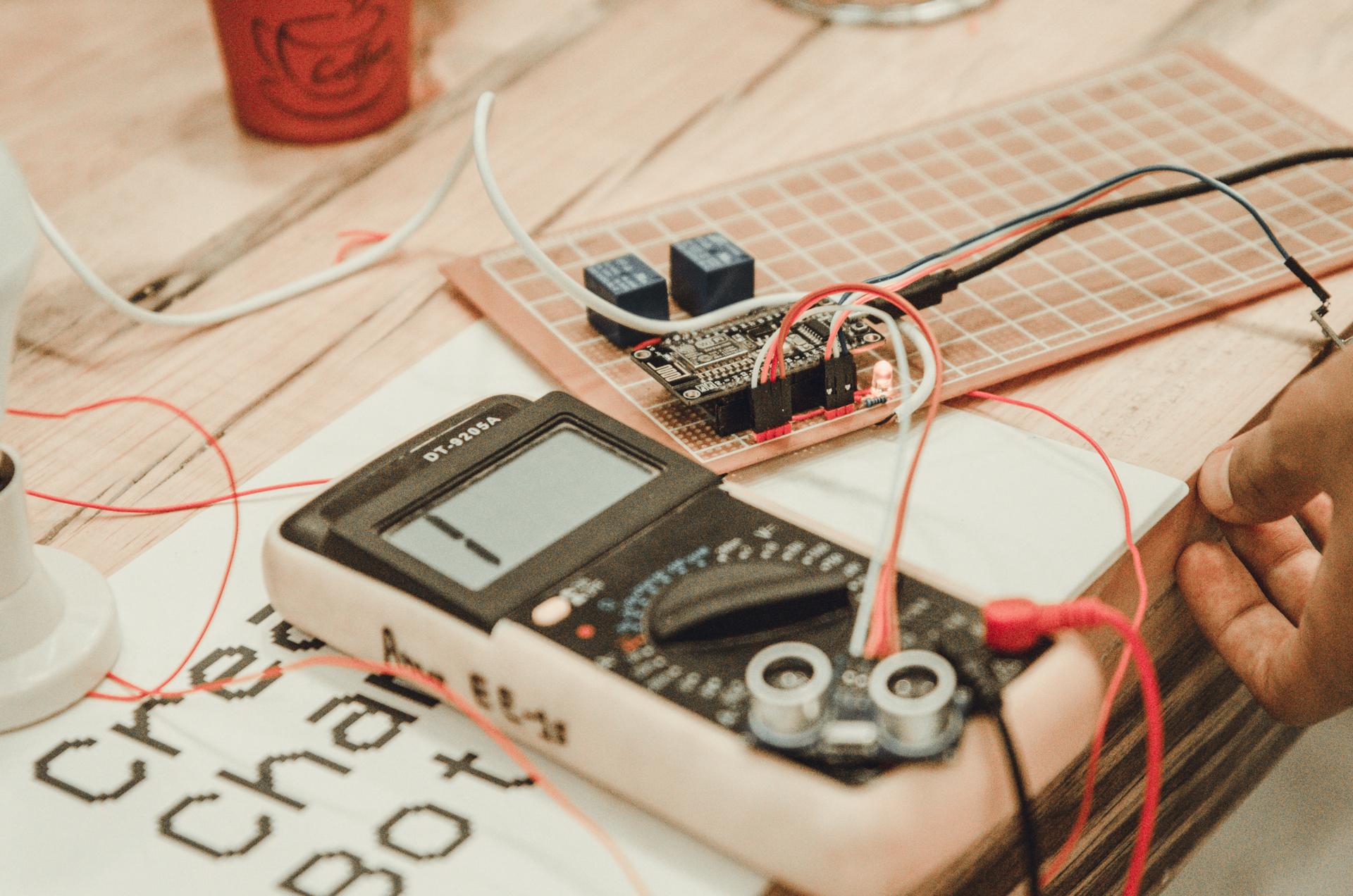Home Electric Safety: A Guide to Performing an Electric Security Test

In terms of home security one of the most crucial aspects to be considered is the safety of electrical wiring. Testing for electrical safety is the procedure of testing the electrical system in your home to make sure that it’s safe and current. In this article, we’ll provide you with an overview of what electrical safety tests are, what equipment you’ll require for conducting them, how to perform the tests, and what warning signs you should be aware of.
What is the definition of an Electrical Safety Test?
An electrical safety test is the process of inspecting the electrical system in your home to make sure it’s functioning safely and correctly. Safety tests for electrical appliances are crucial as they can in preventing electrical fires and electrical accidents and also ensure the long-term durability of your electrical system.
Tools Required for an Electrical Safety Test
For conducting an electrical safety check, you’ll need some essential tools. They include a voltage tester, a continuity tester, a circuit tester, along with outlets tester. The voltage tester is used to check for live circuits, while the continuity tester checks for circuits that are damaged. Circuit testers are used to check for wiring faults, and outlets testers are used to check for wiring issues at the outlets. It is crucial to use these devices correctly to get precise results.
How do I Conduct an Electrical Safety Test
To perform an electrical safety test inside your home take these steps:
Shut off the power supply on the circuit or circuits you’re testing.
Make use of your voltage tester to test whether there are live circuits.
Use this continuity tester to test for broken circuits.
Use the circuit tester to test for electrical faults.
Utilize the tester for outlets to find any wiring issues in the outlets.
During the process of testing Be sure to check for any evidence of wear or damage on the wires for example, frayed or broken wires, burn marks and loose wires. If you discover any problems you need to fix the issues as soon as you can to prevent potential hazards.
The Signs of Electrical Issues to Look Out for
There are many indicators that may indicate electrical problems in your home. They include flickering light bulbs and frequent circuit breaker trips noises that crackle or buzz emanating from outlets. They also include outlet that are hot or discolored, and a burning smell. If you notice any warning signs, it’s important to get to work immediately to avoid potential electrical hazards.
Conclusion
Safety tests for electrical appliances are essential for ensuring your safety and family. By conducting regular tests and addressing any issues promptly you will be able to prevent electrical hazards and extend the life of your electrical system. If you need assistance with electrical testing or repairs, don’t hesitate to contact Local Electrician Glenmore Park. Our team of experts can give you professional guidance and assistance. Contact us at 1300 610 481 to schedule an appointment or to request a quote.
FAQ Section
What is the recommended frequency to do an electrical safety test in my home?
We recommend conducting tests of electrical safety at least once a year.
Can I perform the electrical test on my own or do I need the help of a specialist?
While it’s possible to perform tests for electrical safety by yourself, it’s recommended to hire a professional to ensure accurate results and prevent potential hazards.
Are there any common electrical problems that can be found in an electrical safety check?
The most frequently-repeated electrical issues found during a safety test are faulty wiring, overloaded circuits, and outdated electrical systems.
What do I do if encounter a problem during the electrical safety check?
If you spot a problem in the electrical safety test, it’s important to act immediately. This may include calling an experienced electrician to address the issue, or replacing faulty equipment.
